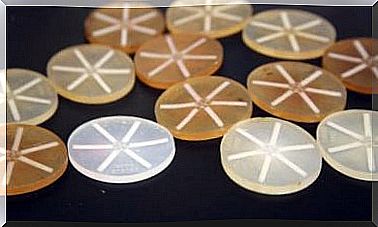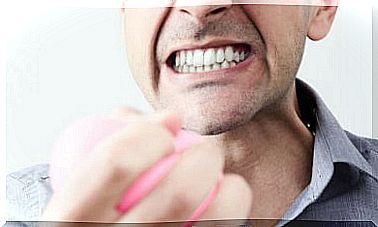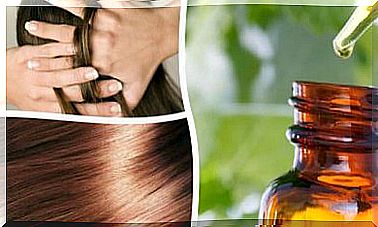Indications For Corrective Makeup In Dermatology
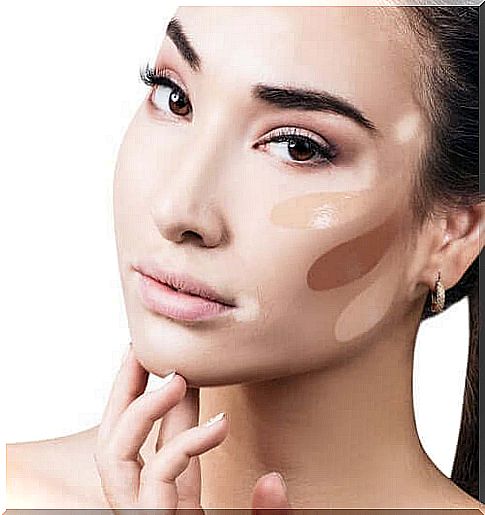
Corrective makeup in dermatology is specially designed and formulated to camouflage imperfections, in addition to restoring the good appearance of skin affected by certain dermatoses and health conditions. This type of makeup is useful for:
- Attenuate the skin sequelae left by burns
- Improving cosmetic dermatology or plastic surgery procedures
- Minimize the side effects of cancer treatments
Corrective makeup also has a great psychological benefit, because improving the skin’s appearance and perceived image contributes to increasing self-esteem and quality of life for affected people.
Corrective makeup characteristics
Makeup formulated to correct blemishes, scars and other imperfections has several characteristics, including the following:
- High covering power.
- Natural result: quick and easy application.
- Dermatological safety: hypoallergenic and non-comedogenic tests with clinical tolerance studies.
- High remanence in the skin.
- Water and sweat resistance.
- Without perfume.
- Adaptable to facial and body use.
- Easy to remove.
Do you know the basics of corrective makeup?
In the color wheel, each color has an opposite color. The principle of color opposition indicates that the intensity of a color is attenuated when its opposite is added. Thus, the color green neutralizes the red, and the violet neutralizes the yellow.
This principle allows us to use the appropriate opposites to disguise imperfections where red or violet dominates. Thus, it will be possible to minimize the amount of corrective makeup used.
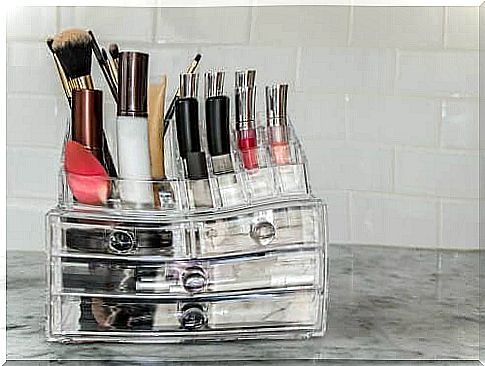
Indications in Dermatology
The possibilities of using corrective makeup are many and varied. Some of the most common are:
- Makeup for small imperfections : dark circles, blemishes or tattoos.
- Dermatosis : acne, rosacea or lupus.
- Hyper or hypopigmentation : lentigo, melasma or vitiligo.
- Vascular disorders : flushing, rosacea or angiomas.
- After interventions in cosmetic dermatology or plastic surgery: chemical peeling , dermabrasion, laser or facial fillers.
- Camouflage : from burns and scars.
When using corrective makeup on a cancer patient, in addition to applying makeup, sometimes the eyebrows need to be designed and stuffed. To do this, you must follow with small strokes the natural eyebrow design. However, if there is partial or total alopecia, take 3 landmarks to redraw the eyebrows.
If the lashes have diminished or disappeared due to cancer treatments, apply an eyeliner at the base of the upper lashes. That way you can define and recreate the look of your eyelashes.
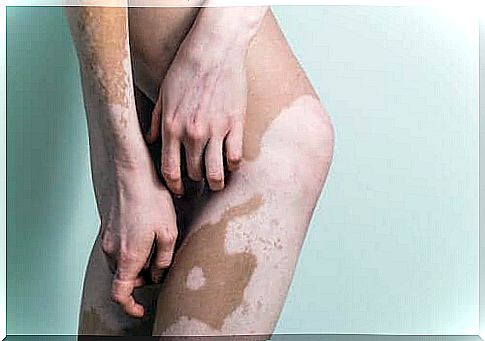
Corrective makeup for cancer patients
Corrective makeup is especially important in patients undergoing cancer treatment. Adverse effects on facial skin due to chemotherapy treatments are very common.
It is important that affected people feel good about their appearance, as this increases their self-esteem and self-confidence. Therefore, makeup helps you face treatments with a more positive attitude and improve your personal and social relationships.
Corrective makeup helps mitigate the most common changes in facial skin associated with cancer treatments. These changes include intense dryness, signs of fatigue, blemishes and hyperpigmentation, redness, acneiform eruptions, thin eyebrows and eyelashes or their complete fallout.
Before proceeding with the makeup, a gentle cleaning must be carried out with products of proven efficacy and tolerance. For this purpose, cleaning milks or relipidating oils are especially recommended.
Moisturizing the face and eye contours is essential because dry skin is one of the most common side effects after chemotherapy. In fact, it is important to prioritize hypoallergenic products with a high level of emollience.
On the other hand, it is also advisable to apply a moisturizing mask once or twice a week and, of course, you should never forget the correct sun protection. Cancer treatments increase the skin’s sensitivity to solar radiation, and it is necessary to limit exposure to the sun as much as possible.
Conclusion
If you suffer from certain skin conditions or are undergoing cancer treatment, corrective makeup is an aid that you can benefit from both physically and emotionally. Furthermore, these products provide not only an aesthetic benefit, but also therapeutic benefits.

